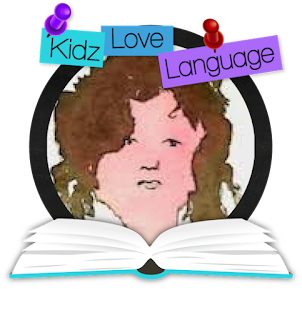April 2 is Autism Awareness Day coming up again. And the whole month is dedicated to autism awareness - and acceptance. Interestingly enough, I've seen autism in the news twice in two days.
Right here in San Diego, researchers at USCD have made some groundbreaking discoveries about the genetics of autism. And elsewhere in the country, the statistics are on the rise. Now, this may also partially be an artifact of our better and better detection and diagnostic systems - at least I sure hope so.
I do staff training in a variety of venues, including for staff in group homes working with kids with autism. So, I thought I'd share a little of what I talk about.
First of all, autism is currently considered a very complex neurologically based developmental disability that usually appears within the first 3 years. (When I first started working with kids with autism it was still called Childhood Schizophrenia).
It most strongly impacts the individual's ability to communicate and interact with others. About 40% of individuals with autism remain at least functionally nonverbal. That's a huge rate. And finally, the research on AAC is dovetailing with the research on autism, so that we have more answers and interventions that work for these kids.
Autism is a spectrum disorder. It affects each individual differently, at differing degrees of intensity in each of the areas it can impact. The most defining symptom is the interference with language skills. There is a lack of or delay in spoken language. Receptive language is also usually impacted.
Repetitive patterns of language are seen; both in echolalia (repetition of what has been heard) and perseveration (repetition of what they have said over and over, even when it is not the appropriate thing to say in the context).
Lack of language skills impacts social interactions which may - or may not - be of interest to the child anyway.
Many children with autism also display fascination with objects, stereotypical action patterns (like hand flapping), and lack of symbolic or imaginative play.
Those children with autism who are verbal often talk "at" people instead of "with" them.
Many children with autism have a hard time reading peoples' faces, understanding emotional looks, have issues with those pragmatic language skills that tell us how to act and respond and behave socially and allow us to have conversations.
The only scientifically proven intervention strategies (those that are evidence based, have replicable findings, and are accepted) are those related within the applied behavior analysis umbrella. Now, many people still think of massed trials of discrete trial, at a table, over and over, with little interaction or context when they hear "a.b.a."
However, this is far from all there is to a.b.a. And, in fact, many a.b.a. practitioners have vastly widened their interventions to be more contextual, more functional and realistic, and - for some - even more communication based. Modified incidental teaching strategies, contextual time-delay procedures, and a whole host of proprietary interventions are to be found.
Persons with autism thrive on routines. They are often resistive to change, and need plenty of warning and preparation. Use of visual cues can help with this. As a matter of fact, use of visual cues is extremely important for individuals with autism.
Imagine, if you have difficulty processing language and reading body language and understanding facial expressions, how confusing and anxiety producing it is when people talk at you, try to give you explanations, and then just move along as if you understand. Visual cues are extremely important in understanding language, expectations, environmental set-ups, and more.
And, speaking of anxiety, it is amazing to me that it took us so many years to recognize the high degree of anxiety among these folks.
Now, this post has gone on long enough, so I am going to wrap it up. And I'm going to add a visual contingency map idea for you to use. Simply substitute the icons of your choice - or photos of the person and what they want.





No comments
Post a Comment